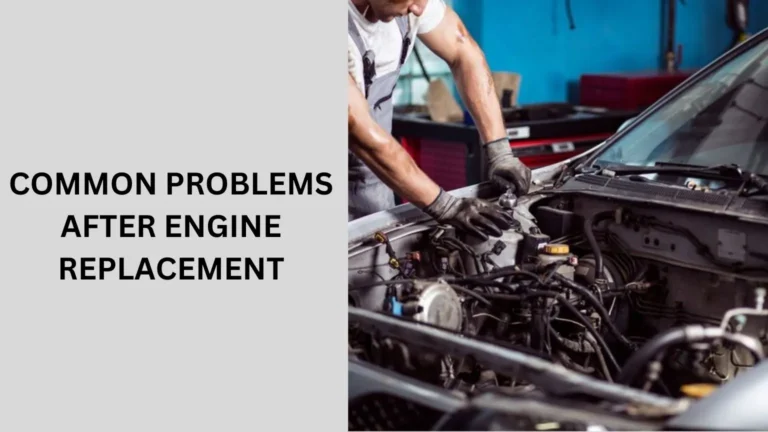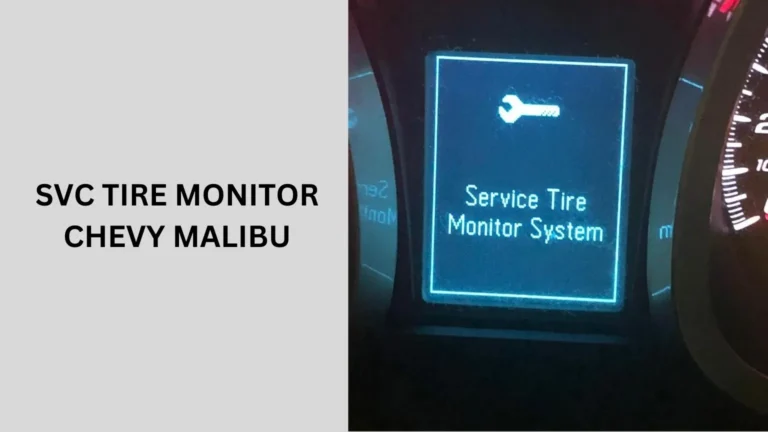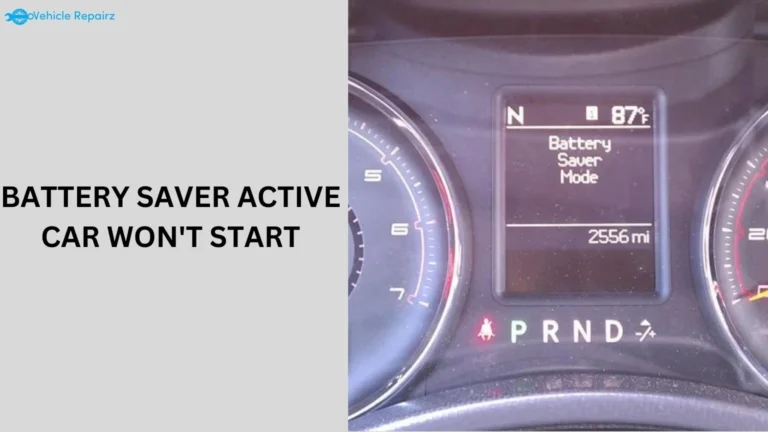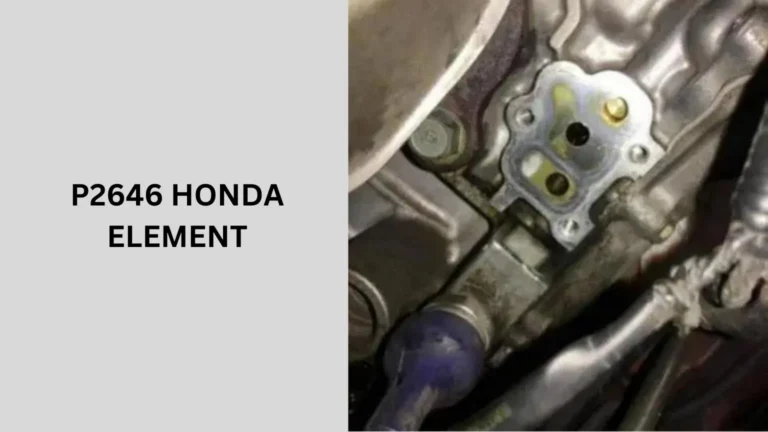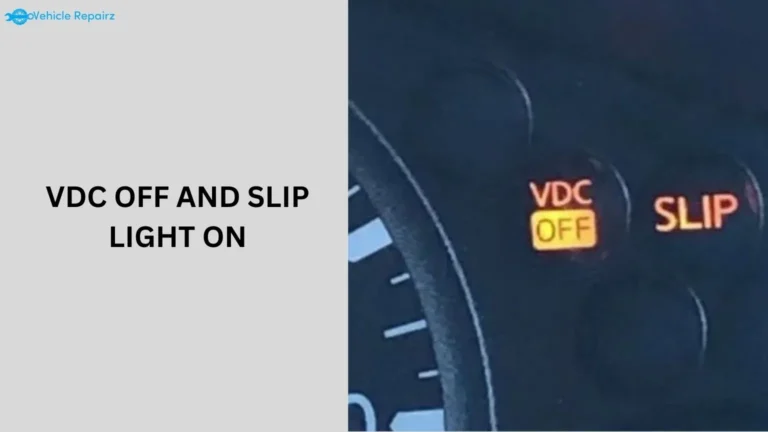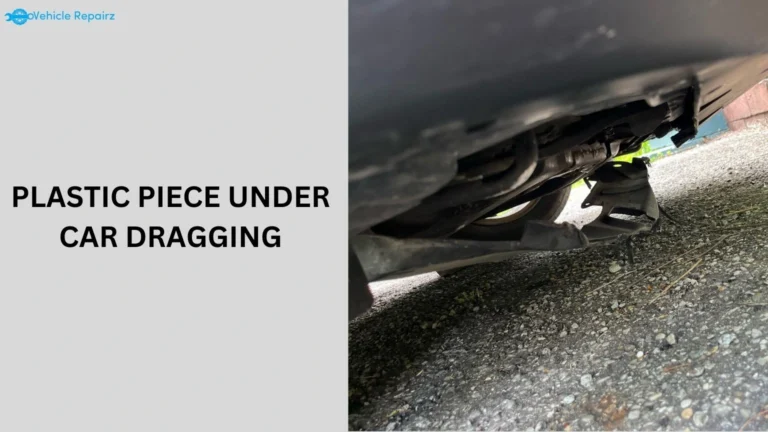Pre Collision System Malfunction: Causes, Fixes, and Prevention
The pre collision system malfunction is a common issue in modern vehicles equipped with advanced safety technology.
When working properly, this system is designed to prevent accidents by detecting potential collisions and automatically applying the brakes. However, like any electronic system, it can fail, leading to warnings or errors.
In this article, we’ll explore the causes, how to fix it, and preventive measures to ensure the system works efficiently.
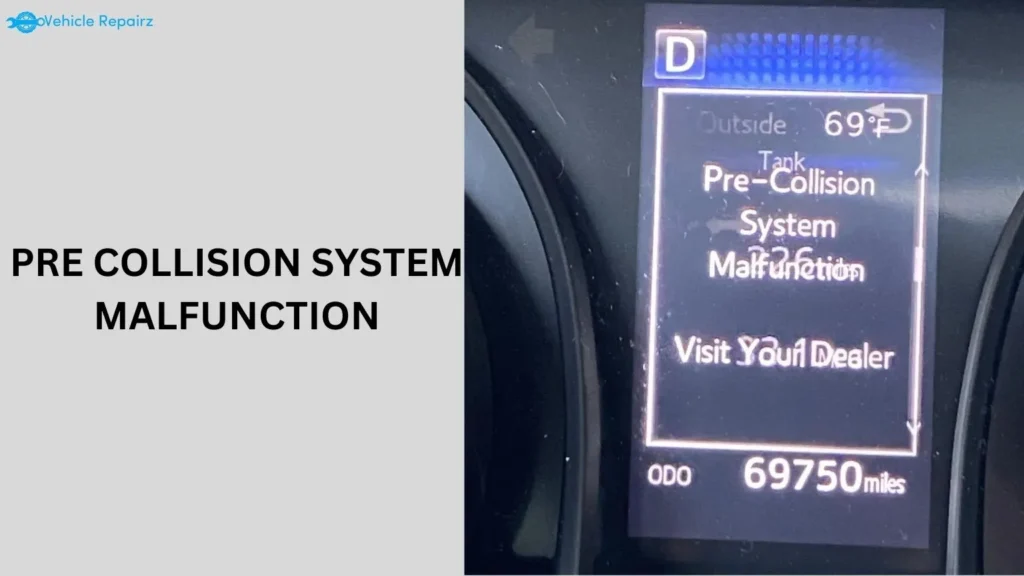
What is the Pre Collision System?
Before diving into malfunctions, it’s important to understand what the pre collision system (PCS) is and how it functions.
The PCS is an advanced safety feature integrated into many modern cars, especially in brands like Toyota, Lexus, and Subaru. This system uses sensors and cameras to detect obstacles and potential hazards on the road.
Key Functions of the Pre Collision System
- Collision Detection: It monitors vehicles and objects in front of the car.
- Automatic Braking: If a collision seems imminent, it applies the brakes.
- Warning System: It alerts the driver to take corrective action if a hazard is detected.
When this system fails, you might see the pre collision system malfunction warning on your dashboard.
Common Causes of Pre Collision System Malfunction
When your vehicle’s pre collision system starts malfunctioning, it can be due to several reasons. Understanding the cause helps in diagnosing and fixing the issue quickly.
1. Dirty or Blocked Sensors
The most common cause of a pre collision system malfunction is dirty or blocked sensors. Dust, dirt, or snow can obscure the camera or radar sensors, making it impossible for the system to detect objects accurately.
2. Faulty Sensors or Camera
Sometimes, the sensors themselves may be defective. Damage to the radar or camera due to an accident, wear and tear, or moisture intrusion can lead to a malfunction.
3. Software Glitches
Like any electronic system, the pre-collision system relies on complex software. If there’s a bug in the system or the software is outdated, it could lead to a pre collision system malfunction.
4. Wiring Issues
Loose or damaged wiring can interrupt communication between the sensors and the central processing unit of the car. This is another frequent cause of pre collision system errors.
5. Bad Weather Conditions
Heavy rain, snow, or fog can interfere with the pre-collision system’s ability to detect objects, causing it to malfunction or provide false warnings.
How to Fix Pre Collision System Malfunction?
Once you’ve identified the possible cause of the pre collision system malfunction, there are several steps you can take to fix the issue.
1. Clean the Sensors
If the malfunction is due to dirt or debris, simply cleaning the sensors and camera may resolve the issue. Ensure that the area around the sensors is free from dirt, dust, and moisture.
2. Restart the Car
Sometimes, a simple reset can fix the issue. Turn off your vehicle and restart it after a few minutes to see if the warning disappears.
3. Check for Software Updates
Outdated software can cause malfunctions in the pre-collision system. Check with your dealer or car manufacturer for any available software updates that could resolve the issue.
4. Inspect the Wiring
If you suspect a wiring issue, it’s best to have a professional mechanic inspect the car. Faulty wiring can be difficult to detect without the right tools and experience.
5. Visit a Certified Technician
If the problem persists, you may need to take your vehicle to a dealership or certified technician. They have the necessary equipment to diagnose and repair the pre-collision system.
Preventing Pre Collision System Malfunctions
Preventing a pre collision system malfunction is always better than dealing with the hassle of repairs. Here are a few ways to ensure your PCS operates smoothly.
1. Regular Maintenance
Ensure your vehicle is serviced regularly, including checks on the sensors, wiring, and system software. Routine maintenance can help identify potential issues before they lead to malfunctions.
2. Keep Sensors Clean
Regularly check and clean the sensors, especially after driving in dusty or muddy conditions. This simple habit can prevent the sensors from being blocked, which is a major cause of system failure.
3. Update System Software
Manufacturers frequently release software updates to improve the performance of safety systems like the pre-collision system. Stay informed about updates for your vehicle and apply them as needed.
4. Avoid Extreme Weather Conditions
While it’s impossible to control the weather, being mindful of extreme conditions such as heavy rain, snow, or fog can help minimize malfunctions. If you must drive in such weather, take extra precautions and drive slowly.
People also ask
What is a pre-Collision System malfunction?
A pre-collision system malfunction occurs when a vehicle’s safety system, designed to detect potential collisions and apply automatic braking, stops functioning properly.
This can happen due to issues like dirty or blocked sensors, faulty cameras, software glitches, wiring problems, or poor weather conditions.
When a malfunction occurs, the vehicle may display a warning, signaling that the system needs to be inspected or repaired to restore its proper function.
Can I still drive with a pre-Collision System malfunction?
Yes, you can still drive with a pre-collision system malfunction, but it’s important to be cautious.
The system won’t be able to detect potential collisions or apply automatic braking, so you’ll need to rely entirely on manual driving and braking.
It’s recommended to have the issue checked and fixed as soon as possible for your safety.
How do you reset a Toyota pre-Collision System?
To reset a Toyota pre-collision system, follow these steps:
Turn off the car and restart it.
Go to the Settings menu on the dashboard screen.
Select PCS (Pre-Collision System) or Safety Systems.
Choose Reset or Default Settings to restore the system.
Why did my pre-collision light come on?
The pre-collision light comes on when there’s an issue with the system.
This could be due to dirty or blocked sensors, a software glitch, poor weather conditions, or a system malfunction.
It’s a warning that the pre-collision system may not function properly and should be checked or reset.
Conclusion
In Conclusion, A pre-collision system malfunction is not only inconvenient but can also compromise your safety.
Understanding the causes of the malfunction and knowing how to fix it can keep your vehicle running safely.
Regular maintenance, cleaning sensors, and updating software are key to preventing issues with your pre-collision system.

